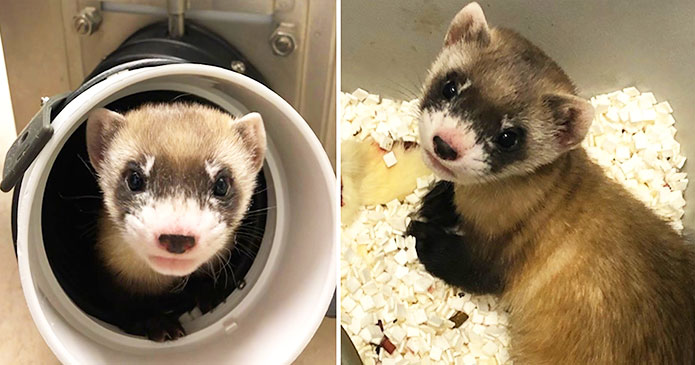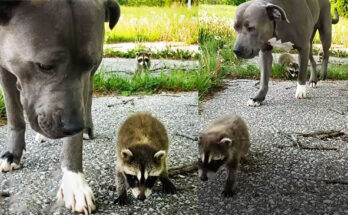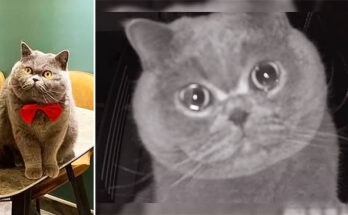How bright our future could look if we’re able to clone animals to protect them from extinction. The good news for animal lovers is that endangered species can be saved from extinction by this effort done in the United States.
U. S. Scientists have successfully cloned an endangered ferret by using the frozen cells of a dead wild animal. It is the first time any native endangered species is cloned in the United States.
The name of the cloned ferret is Elizabeth Ann. Elizabeth is the black-footed ferret and is made from the cells of a black-footed ferret who died more than 30 years ago. With those frozen cells, Elizabeth was born to a surrogate mother on December 10, 2020.
The black-footed ferret, North America’s only native ferret, was once thought to be extinct in 1979. But two years later a Wyoming rancher discovered a small population living on his land in 1981.
At that time those ferrets were brought under the care of the Wyoming Game and Fish Department and they started a captive breeding program. In 1988 one of the ferrets Willa died. The Wyoming Game and Fish Department preserved her genes and sent tissue samples to San Diego Zoo global Frozen zoo. It took 30 years for them to bring Elizabeth Ann to life.
It is to be noted that all living black-footed ferrets are descendants of the original seven ferrets. These living ferrets do not have enough genetic diversity which makes the animals more affected by diseases.
With the birth of Elizabeth Ann, scientists hope that it will improve genetic diversity for the species.
So far there are no plans to release Elizabeth Ann into the wild and she will remain at the fish and wildlife service black-footed ferret breeding facility in Fort Collins Colorado.



